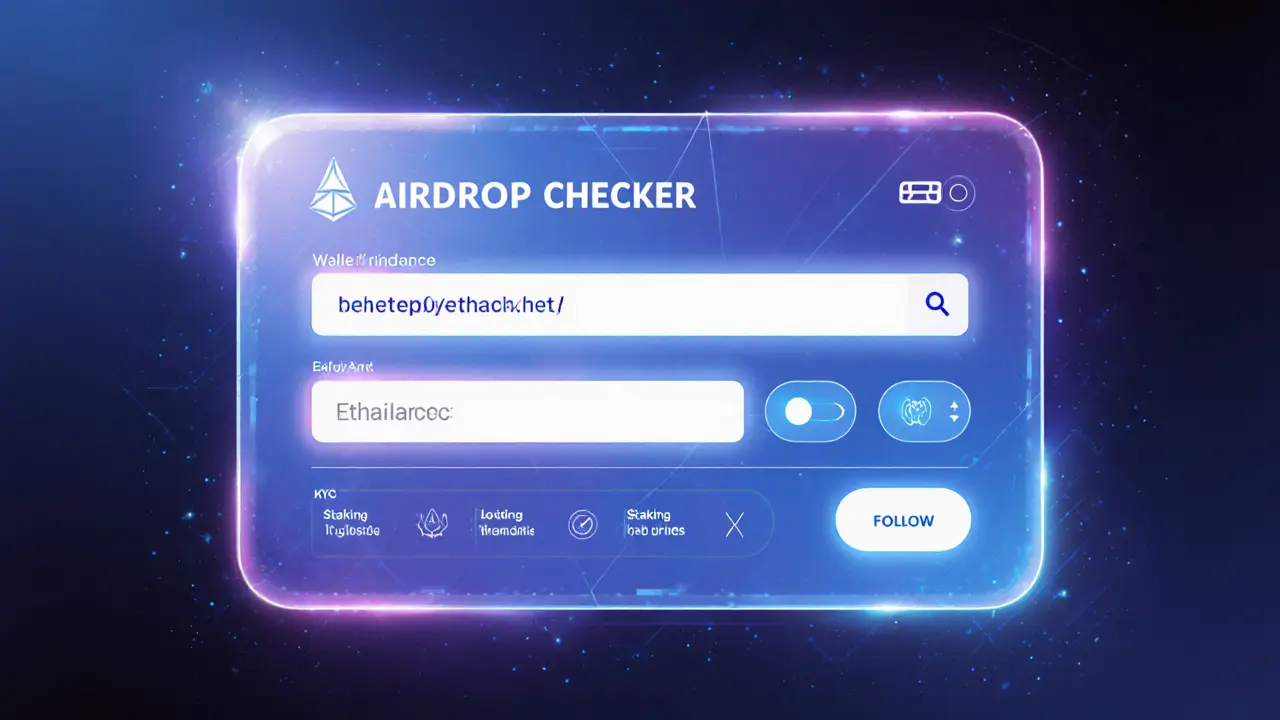Bull Finance Airdrop: Full Guide to Claiming the BULL Tokens
When working with Bull Finance airdrop, a free token distribution that rewards eligible crypto users with the native BULL token, typically in exchange for simple on‑chain actions or community participation. Also known as BULL Airdrop, it aims to boost network adoption while giving early supporters a stake in the platform’s future growth. The airdrop hinges on three core attributes: eligibility criteria (like wallet age or transaction volume), distribution schedule (often split into phases), and claim method (usually a web portal or smart‑contract interaction). Understanding these pieces helps you avoid missed windows and ensures a smooth claim.
How the Airdrop Mechanics Connect to Token Distribution
The term airdrop, a marketing strategy where a blockchain project distributes free tokens to promote awareness and user growth is broader than any single project, but the Bull Finance airdrop follows the same playbook. First, the project announces the snapshot date, locking in wallet balances that meet the set thresholds. Next, the Bull Finance token (BULL), the utility token that powers the Bull Finance ecosystem, granting holders access to staking rewards, fee discounts, and governance voting rights is allocated proportionally based on each participant’s qualifying holdings. This token distribution model mirrors classic airdrop structures, where the amount received reflects the user’s prior engagement. By tying tokenomics to real‑world activity, the airdrop creates an immediate economic incentive for users to stay active, reinforcing network effects.
Beyond the airdrop itself, the underlying blockchain, a decentralized ledger that records all token transfers, smart‑contract executions, and snapshot data securely and transparently plays a crucial role. The blockchain enables immutable proof of eligibility, ensures fair allocation, and lets users verify that the BULL tokens were minted correctly. Moreover, the blockchain’s smart‑contract logic automates the claim process, reducing manual errors and cutting down on administrative overhead. This technical backbone means the airdrop isn’t just a promotional gimmick; it’s a fully verifiable token distribution event that aligns with broader crypto compliance standards.
While the Bull Finance airdrop offers real value, it also sits inside a crowded field of similar campaigns, such as the BonusCake, PLGR, and Forward Protocol drops. That context matters because not every airdrop is trustworthy. Look for clear communication channels, audited smart contracts, and community‑verified claim portals. If a project asks for private keys or unusually high fees, it’s likely a scam. By comparing the Bull Finance airdrop’s transparency to other verified drops, you can gauge its legitimacy and protect your assets. Armed with this knowledge, you’ll know exactly what to expect, how to claim safely, and why the BULL token could become a useful piece of your crypto portfolio.
Now that you’ve got the fundamentals, the list below walks you through the most relevant Bull Finance airdrop resources, step‑by‑step claim guides, token‑omics breakdowns, and safety checklists. Dive in to turn the free token opportunity into a solid start for your Bull Finance journey.

Bull Finance Airdrop 2025: How to Claim the BULL Token Safely
Aug 13, 2025, Posted by Ronan Caverly
Learn how to safely claim the Bull Finance airdrop, meet eligibility, avoid scams, and make the most of your BULL tokens in 2025.
MORESEARCH HERE
Categories
TAGS
- decentralized exchange
- crypto exchange review
- cryptocurrency
- crypto coin
- CoinMarketCap airdrop
- smart contracts
- tokenomics
- cryptocurrency exchange safety
- crypto exchange
- cryptocurrency airdrop
- crypto airdrop
- cryptocurrency exchange
- crypto airdrop guide
- blockchain token distribution
- DeFi
- crypto exchange scam
- crypto airdrop 2025
- Ethereum
- cross-chain interoperability
- ERC-20
